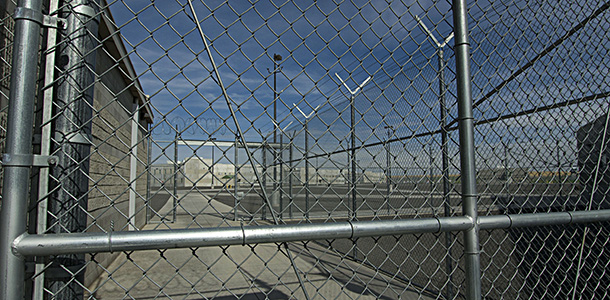
(Photo Credit: BLM/Flickr)
Raising the felony theft threshold does not affect public safety according a report issued this week by the Pew Charitable Trusts. The data bolsters efforts to cost-effectively deal with the rising costs of incarceration without compromising public safety in California.
The report, “The Effects of Changing State Theft Penalties,” analyzed 23 states that have raised their felony theft thresholds between 2001 and 2011.
The felony theft threshold is the value of stolen goods or property which determines if the crime is a misdemeanor or a felony. Often, those convicted of felonies serve at least a year in state prisons as opposed to those convicted of misdemeanors, who are often sentenced to probation or less than a year in local jails.
The report concluded the following:
- States that raised the felony theft threshold experienced the same decrease in crime as the 27 states that have not changed their theft laws.
- The increase in the felony theft threshold had no impact on overall property crime or larceny rates.
- The amount of the felony theft threshold has no correlation with its property crime or larceny rates.
Many of the states changed their thresholds for several reasons, chief among them is an effort to stem the rising costs of incarceration. Many states also acted to ensure that inflation figures into value-based penalties because many goods have doubled in valued in the past three decades. Pew embarked on the report amid criticism that the higher thresholds would result in higher crime rates.
“Opponents of sentencing reform warned that raising theft thresholds would cause more property crime, but that hasn’t been the case,” said Adam Gelb, director of Pew’s public safety performance project. “This evaluation adds another piece of evidence showing that states can reduce imprisonment without a negative impact on crime.”
California raised its felony threshold in 2009 through SB 18 from $400 to $950. The higher threshold was reinforced with the passage of Proposition 47 in 2014, which classified non-violent, non-serious crimes with property values less than $950 as misdemeanors in an effort to reduce prison and jail populations.
CA Fwd is currently working with Riverside, San Bernardino and El Dorado counties to reduce their jail populations by transforming the criminal justice systems through its Justice System Change Initiative (J-SCI).
According to CA Fwd policy consultant Kathy Jett, today’s report supports the work in progress. “The results of the Pew report will add substance to the discussion about how to transform criminal justice systems without jeopardizing public safety, which aligns with the work J-SCI is performing across the state,” said Jett.
The Crimes Trends report issued by the Public Policy Institute of California last year showed the property crime rate from 2013 to 2014 (the latest figures available) fell by more than seven percent and is at a fifty-year low. Nationwide, the property crime rate fell 36 percent from 1998 to 2014, while the national larceny rate fell 33 percent.

